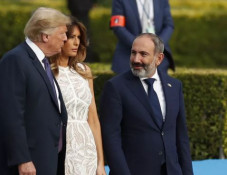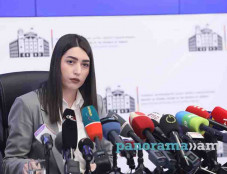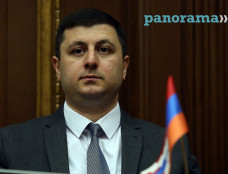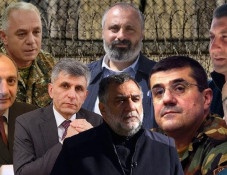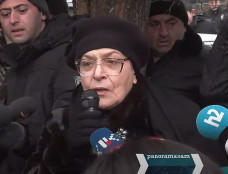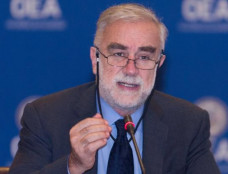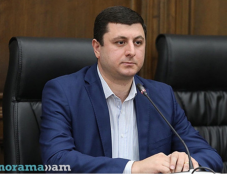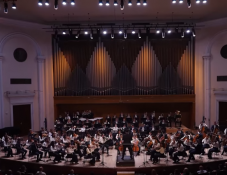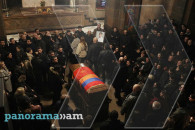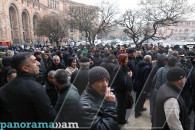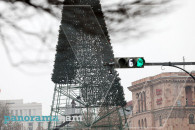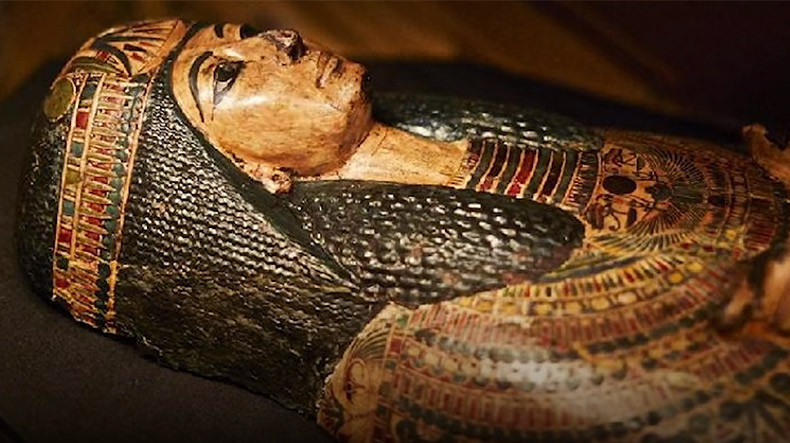
Scientists re-create 3,000-year-old Egyptian mummy's voice
Scientists have fulfilled a mummified Egyptian priest's wish for life after death - by replicating his voice with artificial vocal chords.
Nesyamun's voice has been reproduced as a vowel-like sound that is reminiscent of a sheep's bleat, BBC News reports.
The priest lived during the politically volatile reign of pharaoh Ramses XI, between 1099 and 1069BC.
As a priest in Thebes, Nesyamun would have needed a strong voice for his ritual duties, which involved singing.
When Nesyamun died, his voice fell silent, but 3,000 years on, a team of researchers have brought it back to life.
They have done so by producing a 3D-printed voice box based Nesyamun's vocal tract, which was scanned to establish its precise dimensions.
By using the vocal tract with an artificial larynx sound, they synthesised a vowel sound meant to be similar to the voice of Nesyamun.
It is believed to be the first project of its kind to successfully recreate the voice of a dead person through artificial means. In the future, the researchers hope to use computer models to recreate full sentences in Nesyamun's voice.
The research - carried out by academics at Royal Holloway, University of London, the University of York and Leeds Museum - was published in the Scientific Reports journal on Thursday.
Nesyamun was a priest at the temple of Amun in the Karnak complex at Thebes (modern-day Luxor).
He was a waab priest, which meant he had reached a certain level of purification and was therefore permitted to approach the statue of Amun in the most sacred inner sanctum of the temple.
Studies revealed that Nesyamun suffered from gum disease and severely deteriorating teeth. He is thought to have died in his 50s, possibly following a severe allergic reaction.
Nesyamun's mummified remains are on display at Leeds City Museum.
Newsfeed
Videos





